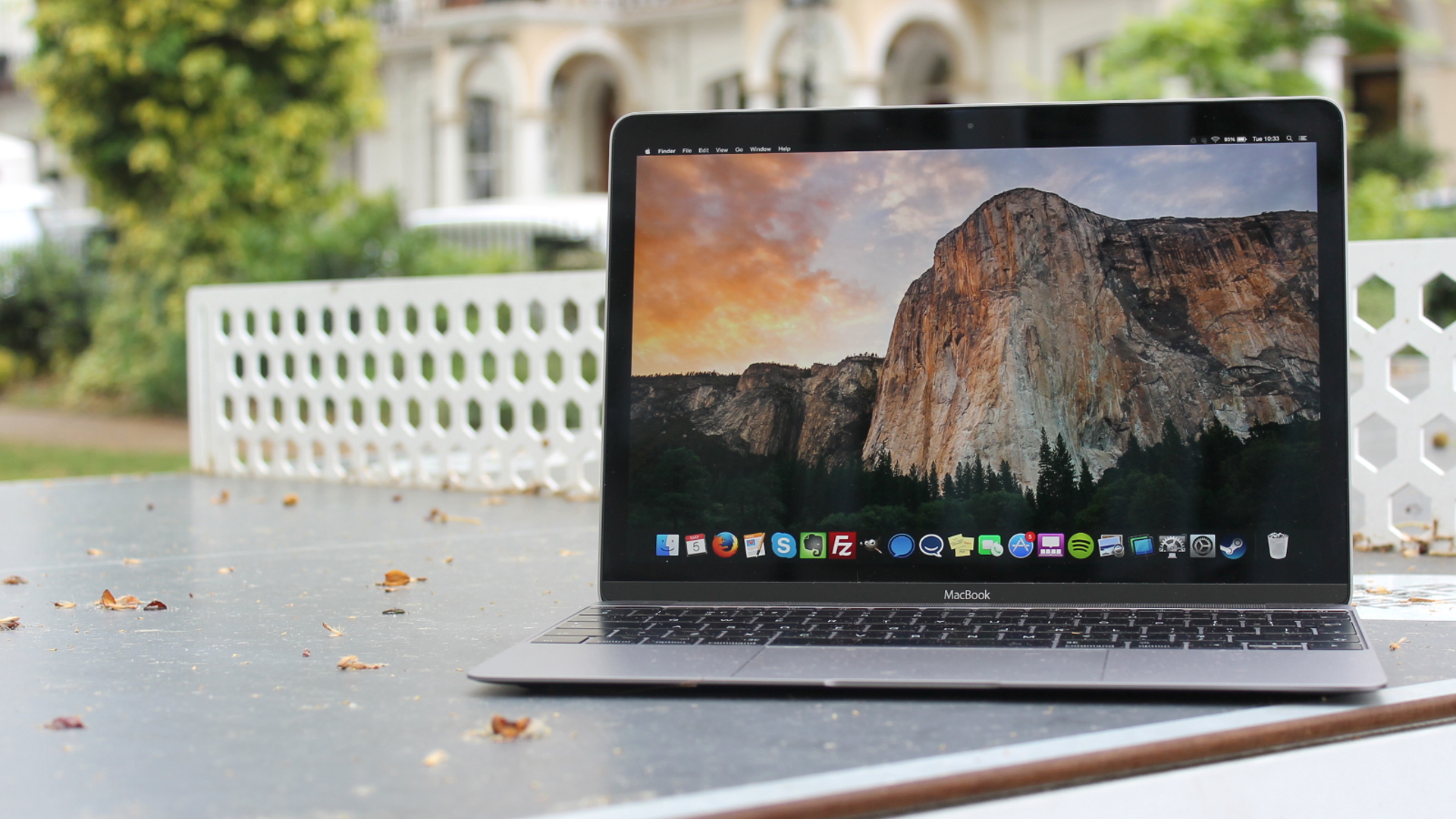
While the new iMacs and iMac Pro might have gotten the lion’s share of attention from WWDC, the new MacBook saw a few important updates.
It might look the same between the identical chassis and screen, but Apple has seriously upgraded the storage, added twice the maximum memory capacity and introduced 7th generation (Kaby Lake) Intel processors with this refresh.
This is also the first 12-inch Retina MacBook to feature an Intel Core i5 processor (in a way). Here's what's new with the MacBook 2017 versus last year's model, and whether it's worth an upgrade.
Design
If you’ve seen a MacBook in the last two years, the 2017 model will look very familiar to you. This is the third time Apple has reused the ultra-slim MacBook chassis since it was first introduced in 2015, and it honestly hasn’t lost its luster.
It might not be the thinnest or lightest laptop in the world since that crown has been taken by so many Ultrabooks, but this is still an incredibly portable package.
Just like its predecessor, the 2017 MacBook weighs 2.03 pounds (920g) and measures 0.52 inches (1.31cm) at its thickest point.

Display
The 12-inch Retina Display also remains exactly the same, not that we’re complaining.
Get daily insight, inspiration and deals in your inbox
Sign up for breaking news, reviews, opinion, top tech deals, and more.
The on-board 2,304 x 1,440-resolution display is much sharper than the Full HD, 1080p panels we typically see even on 13-inch laptops.
Hardware
Like the rest of the freshly updated Mac lineup, the MacBook 2017 sees the introduction of 7th generation Intel Kaby Lake processors.
While the early 2016 version of the MacBook came with Intel Core m3, m5 and m7 processor options, the 2017-edition has different CPU choices: an Intel Core m3 to start succeeded by a Core i5 or Core i7 processor.
The latter chips should be a big step up in power. However, Apple notes the processor clock speed starts at 1.2GHz with Core m3, making 100MHz jumps upward in the Core i5 and i7 options.
This likely means that these Core i5 and i7 chips are actually Core i5-Y and i7-Y CPUs that launched with the Kaby Lake generation, meant to succeed the previous Intel Core m parts while maintaining much of the same power profile as before.
Apple also claims to have integrated solid-state storage (SSD) that’s twice as fast, though only benchmarks will prove that promise. Lastly, the maximum memory capacity has been doubled from 8GB to 16GB.
Price
Prices for the 2017 MacBook remain the same as last year, with the starting Intel Core m3 configuration coming in at $1,299 (£1,249, AU$1,899).
Compared to the equally-priced base model of the new 13-inch MacBook Pro, you’ll get twice the amount of storage with the same memory capacity (albeit, running at a slower frequency) and a lower-power processor.
The higher-end Intel Core i5 configuration starts at $1,599 (£1,549, AU$2,349) and comes with a 512GB SSD, but otherwise shares the same specs as the base model.
Upgrading from there to an Intel Core i7 processor will cost an additional $150, £150 or AU$150 on top of the aforementioned starting price for the Core i5 model.

Should you buy one?
If you’ve been on the fence about getting a MacBook since 2015, this is the most powerful and fastest iteration yet.
While last year’s models only saw a processor refresh bump, the increased memory capacity (and memory speed) and two times faster storage are some hardy upgrades for this ultra-portable laptop.
Although it might not be the lightest or thinnest machine anymore, it’s hard to resist Apple’s pixel-perfect display and impeccable craftsmanship. If you're still rocking the 2015 version, this is as good a time to upgrade as any.
And, if you've been on the fence to buy your first MacBook, this is the best time to buy regardless.
- These are the best Macs to date
Kevin Lee was a former computing reporter at TechRadar. Kevin is now the SEO Updates Editor at IGN based in New York. He handles all of the best of tech buying guides while also dipping his hand in the entertainment and games evergreen content. Kevin has over eight years of experience in the tech and games publications with previous bylines at Polygon, PC World, and more. Outside of work, Kevin is major movie buff of cult and bad films. He also regularly plays flight & space sim and racing games. IRL he's a fan of archery, axe throwing, and board games.
